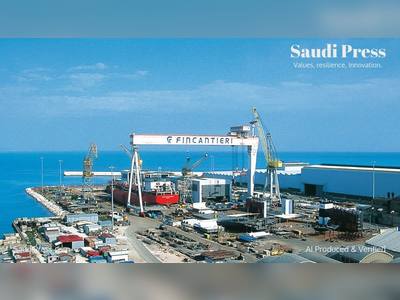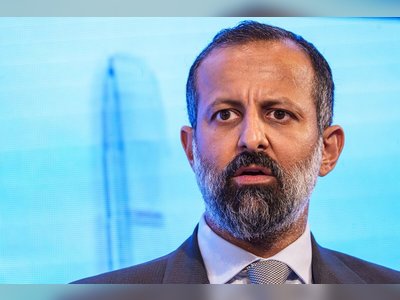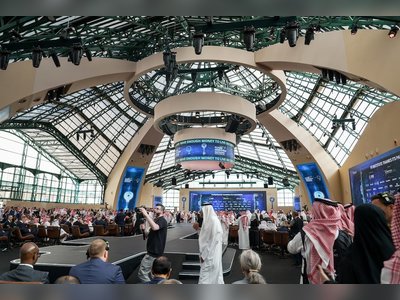Saudi Arabia and UAE Mobilise Over $130 Billion in Artificial Intelligence to Drive Post-Oil Diversification
Saudi Arabia and the United Arab Emirates have escalated investments in artificial intelligence (AI) infrastructure and technology, together mobilising in excess of US$130 billion across multiple initiatives aimed at reducing dependence on oil and modernising their economies. In Saudi Arabia, the sovereign-wealth fund-owned company Humain was launched under the Public Investment Fund (PIF) in May 2025, tasked with developing AI tools and infrastructure including a multimodal Arabic large‐language model and data-centre capacity exceeding 500 megawatts. Leadership has forged strategic partnerships with U.S. tech giants such as Nvidia, Amazon Web Services and Advanced Micro Devices.
Humain’s announced US$10 billion venture-capital fund and more than US$15 billion in early infrastructure commitments reflect the kingdom’s push to capture a substantial share of the global AI market. Meanwhile in the UAE, Abu Dhabi’s AI investment vehicle MGX, backed by the Mubadala sovereign fund and tech group G42, is targeting US$100 billion in assets under management and has joined alliances with Microsoft and BlackRock to deploy large-scale data-centre and AI projects.
Consultancy data estimate that AI could contribute more than US$135 billion to Saudi Arabia’s economy by 2030, or around 12–14 per cent of gross domestic product, and between US$320–US$350 billion in total for the Middle East region. These forecasts underscore the logic behind Gulf states’ urgency to invest in AI as a structural shift from fossil-fuel dependency.
In Saudi Arabia’s Vision 2030 agenda, roughly 70 per cent of strategic targets are linked to data, automation and AI deployment. By building local AI ecosystems—encompassing finance, health, defence and public-sector services—the kingdom aims to position itself as a global AI hub. Analysts say the Gulf’s large reserves of capital, land and energy give it an advantage in deploying power- and data-intensive infrastructure, but note significant hurdles remain, including talent development, regulatory frameworks and reliance on external hardware.
For the United Arab Emirates, the AI push complements a broader economic-diversification strategy as the country seeks to become a fully “AI-native government” by 2027, automating services and fostering domestic and international innovation partnerships. The UAE’s ambition is materially reflected in its funding of MGX and the Stargate Abu Dhabi super-computing cluster, which is positioned as the first international deployment of OpenAI’s infrastructure initiative and expected to host a one gigawatt platform by the late 2020s.
The combined Gulf drive signals a new phase of geo-economic competition in artificial intelligence, where technological infrastructure becomes a parallel battleground to energy markets. As oil-demand growth is projected to moderate this decade, these states are leveraging AI to offset risks, build new revenue streams and assert influence in next-generation computing. The true test will come as these massive capital deployments move from announcement to execution, and as local innovation ecosystems align with the hardware and talent strategies that underpin AI’s long-term value creation.












